I'm learning verilog and in the process trying to implement some simple logic circuits (and as everybody, a simple SOC)
I implemented a simple UART, and it worked well during simulation and the test-benches, but after synthesis in an actual FPGA (an ice40, using Yosys), I run into problems in about 2% of the received characters.
Using a logic analyzer, I captured te following trace:

D2 is the RX data, D3 is the TX data (should be an echo of the received data), D0 is the sampling pulses of the UART, D1 is a "uart receiving" signal.
The problem was that the UART was ending before the current byte has ended.
After a lot of testing, I realized that when the High to Low transition at the start bit was at a time near enough to the internal FPGA clock, the initial state in verilog was not set to the correct value.
The verilog code was:
always @(posedge clk)
begin
// Main RX processing
if (!rx_active)
begin
if (!rx)
begin
rx_shift <= 0;
rx_state <= 19;
end
end
I changed the code to:
always @(posedge clk)
begin
// Latches RX signal, prevents glitches
rx_latch <= rx;
// Main RX processing
if (!rx_active)
begin
if (!rx_latch)
begin
rx_shift <= 0;
rx_state <= 19;
end
end
After that change, the UART worked always ok, this means that the combinatorial logic generating the state transition was setting only some of the bits in rx_state, as probably the clock signal did not reached all FF at the same time.
My questions are:
- Is this expected behavior in Verilog?
- How I can test if this race conditions are possible in my code?